Phra Ruang Lang PuReal Temple Thai Buddha Buddhism Clay AMULET Medallions Charms
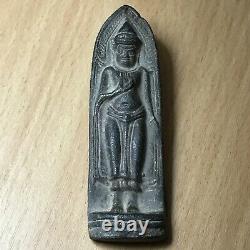
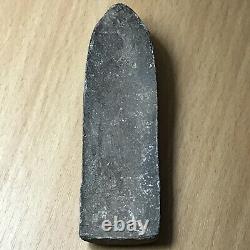
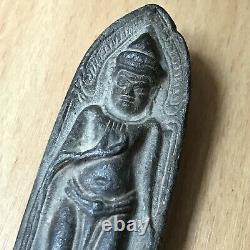
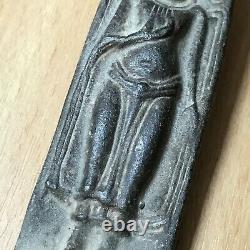
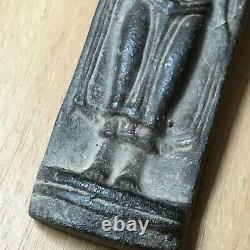
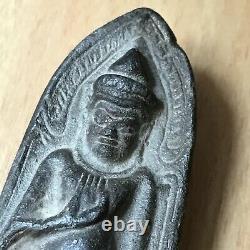
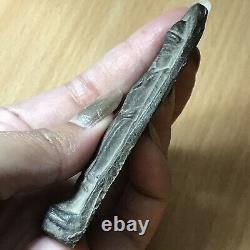
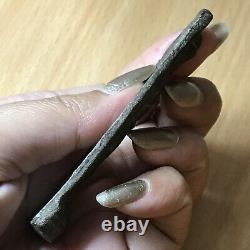
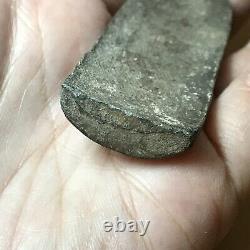
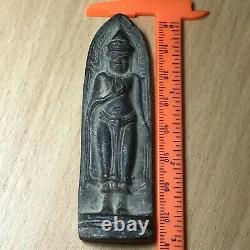
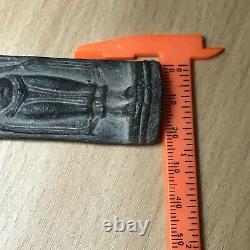

Phra Ruang, the name of the dynasty of the monarchs that ruled the Sukhothai Kingdom and a name of hero in Thai legends, has evolved into a generic name for all ancient Sukhothai monarchs or rulers since 14th century. The word Ruang means prosperous or glorious. It is believed that Phra Ruang was a monarch who had accomplished a large amount of merit in his previous life, his words were sacred and wise, and with his great knowledge of arts and science, he managed to send out junks to trade with China, being married to the Emperors daughter and bringing back Chinese potters to produce ceramics in Sukhothai. In the circle of votive tablet collectors, the name Phra Ruang has been used to call two different groups of votive tablets. The first group depicts a standing Buddha image in the attitude of granting blessings.
The well-known collections include, for example, the repository of Wat Phra Si Rattana Mahathat in Sukhothai, the repository of Maha Thera cave in Lop Buri and the repository of Nong Chaeng in Suphanburi. The Buddha image in this group shows a characteristic of the Khmer-influenced Bayon style. The second group depicts sitting Buddha image.The characteristics and iconographic details are variable. Each is named according to the site it has been found. The Buddha style is characteristic of the Lop Buri and Sukhothai arts. The sitting Buddha in the style of the Lop Buri art is usually depicted in royal attire and, sometimes, seated inside a flame-like aureola, displaying both the attitude of meditation and subduing Mara while the one in the Sukhothai style is usually found displaying the attitude of subduing Mara and is not highly ornamented.
The Buddha characteristics are the same as the votive tablets of the Sukhothai art that have been generally found. It is assumed that the term Phra Ruang as given to the group of the standing Buddha image may derive from Phra Ruang Rojanarit, the standing Buddha image of the Sukhothai style that King Rama VI had it transferred from Si Satchanalai, restored and enshrined in the Vihan, north of the Phra Prathom Chedi in Nakhon Prathom.
The reason is that the votive tablet collectors viewed that the Buddha style of both images shared similar characteristics. The item "Phra Ruang Lang PuReal Temple Thai Buddha Buddhism Clay AMULET Medallions Charms" is in sale since Friday, July 23, 2021. This item is in the category "Collectables\Religion & Spirituality\Buddhism".
The seller is "mamizareda0" and is located in Liverpool. This item can be shipped worldwide.
- Item: Amulets/ Pendants
- Religion/ Spirituality: Buddhism
- Type: Clay Amulet Cased Pendants
- Religion: Buddhism
- Featured Refinements: Buddha
- Country/Region of Manufacture: Thailand
- Modified Item: No

